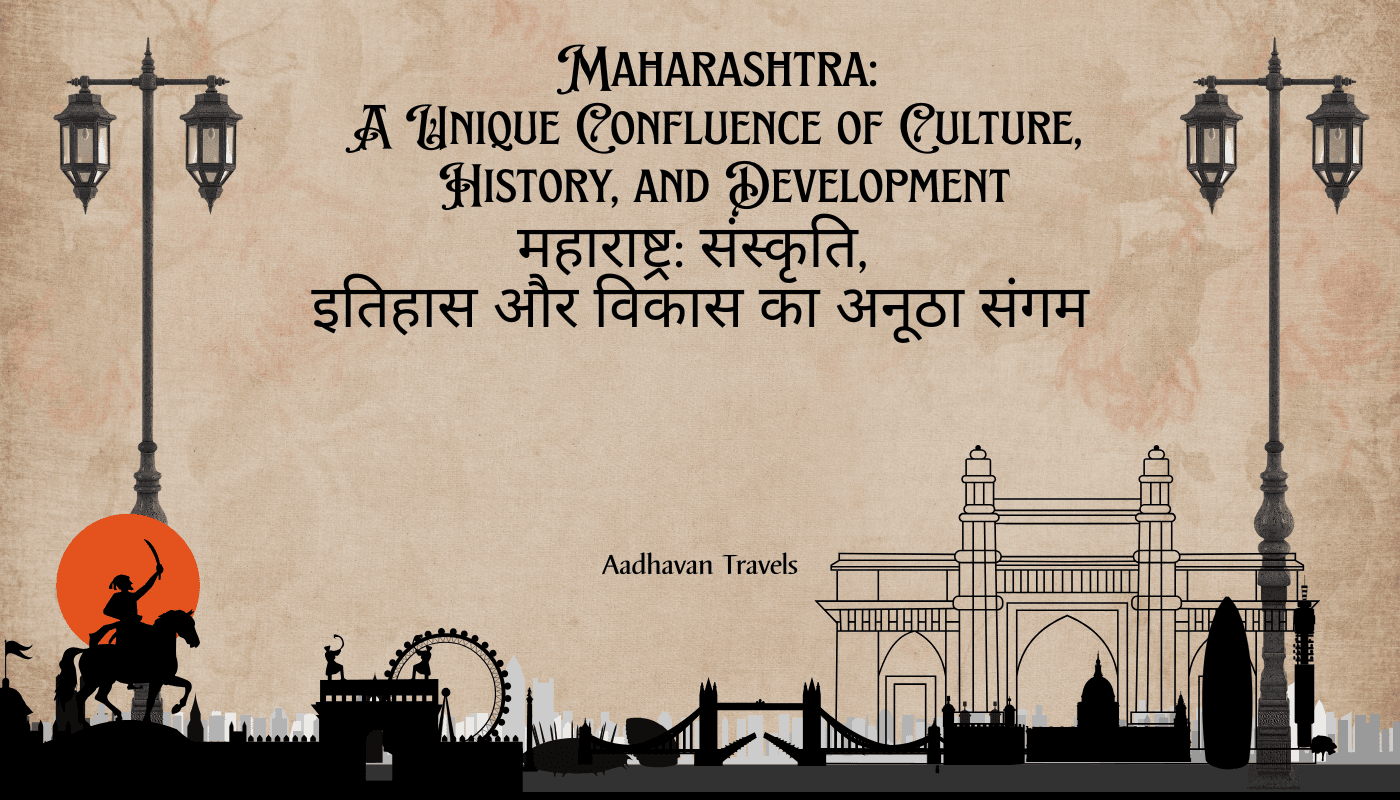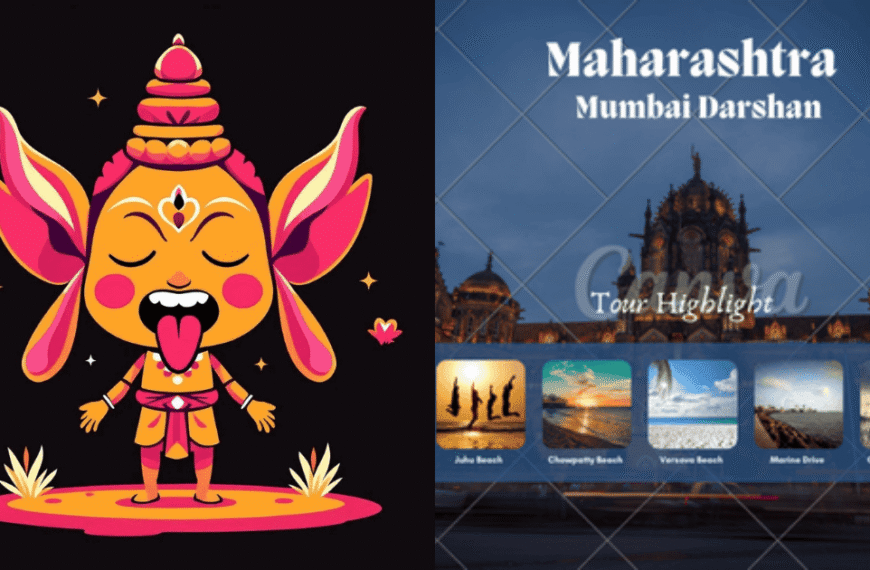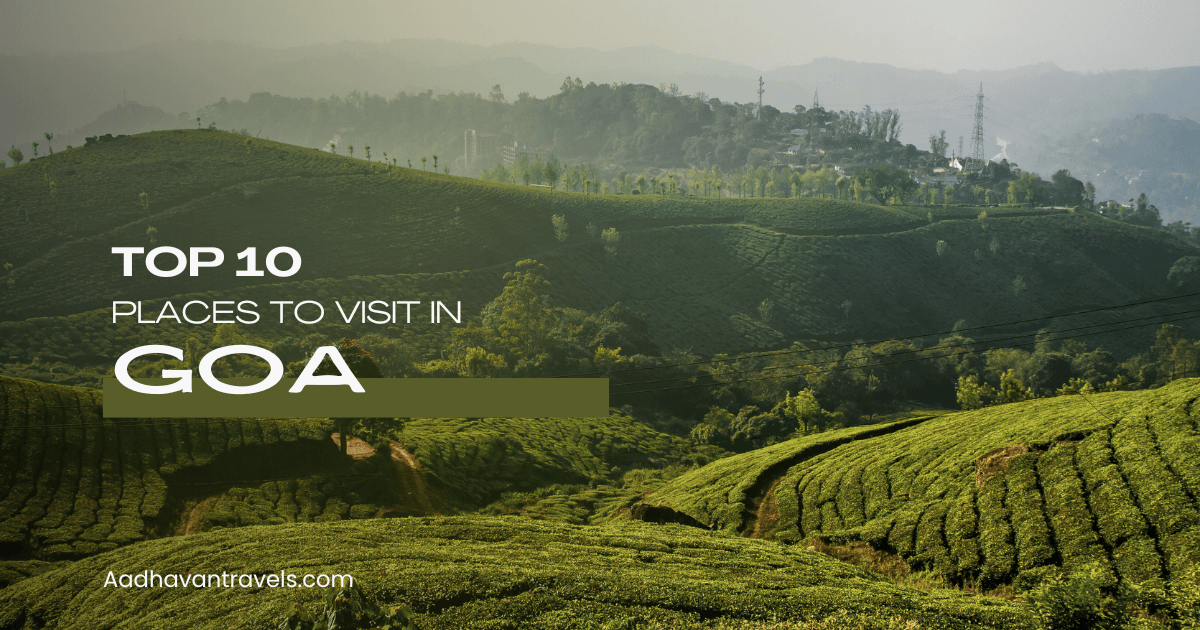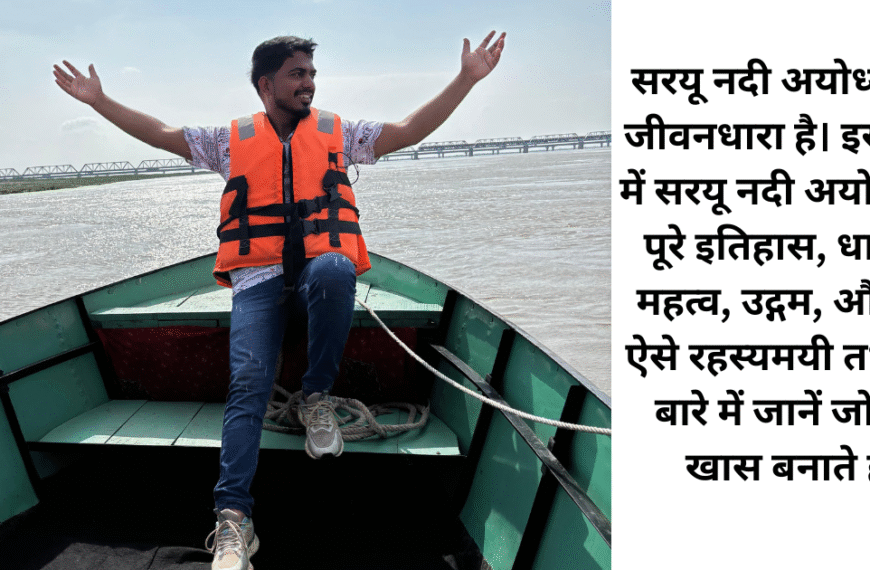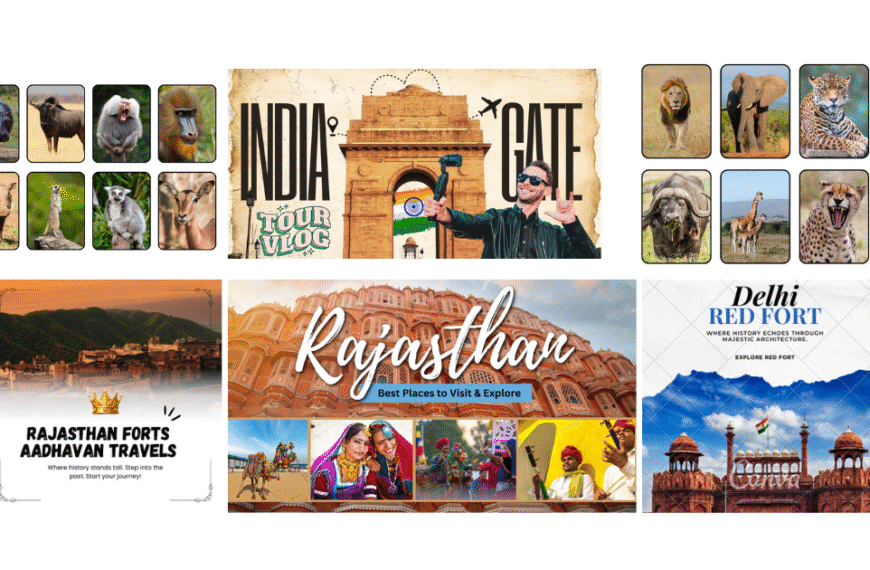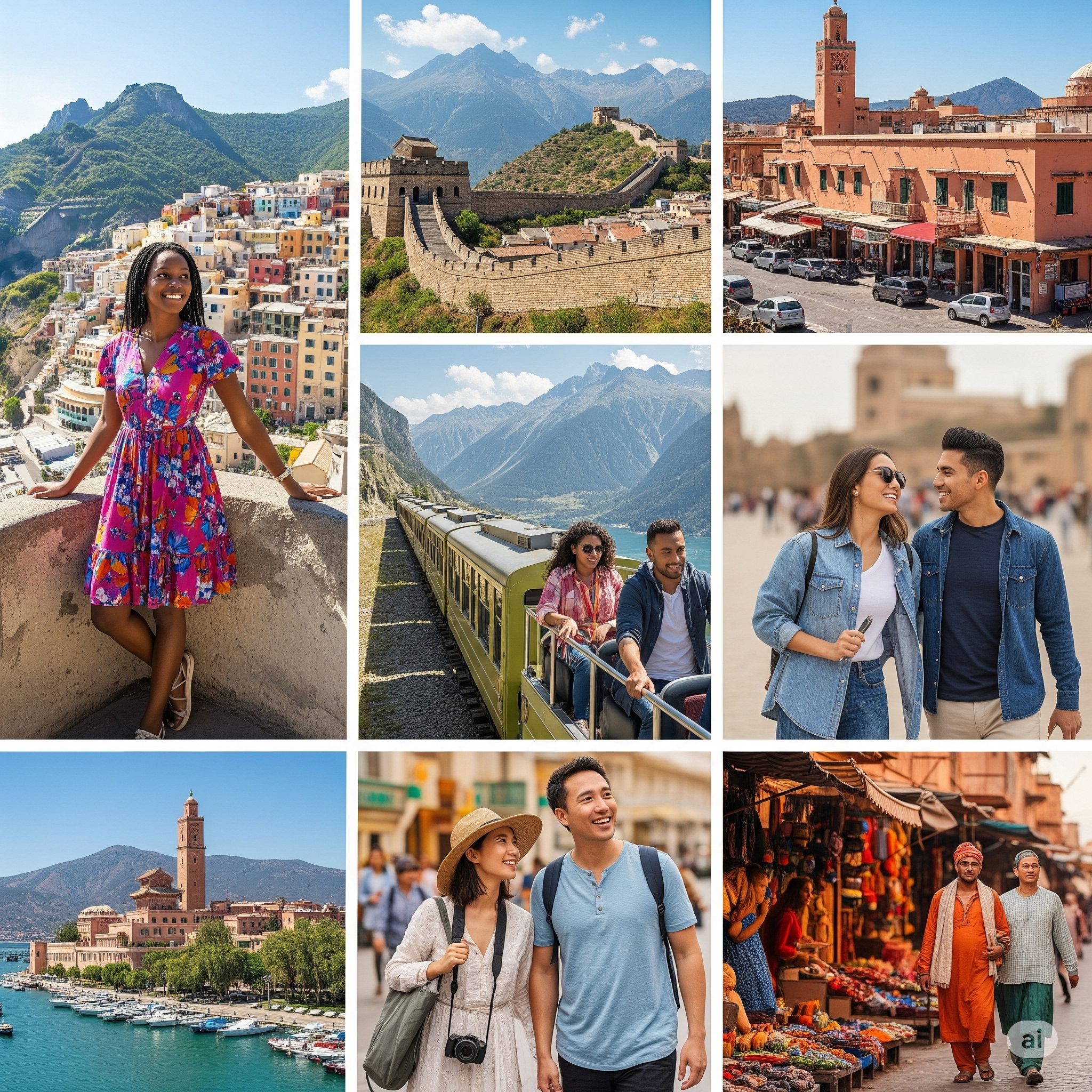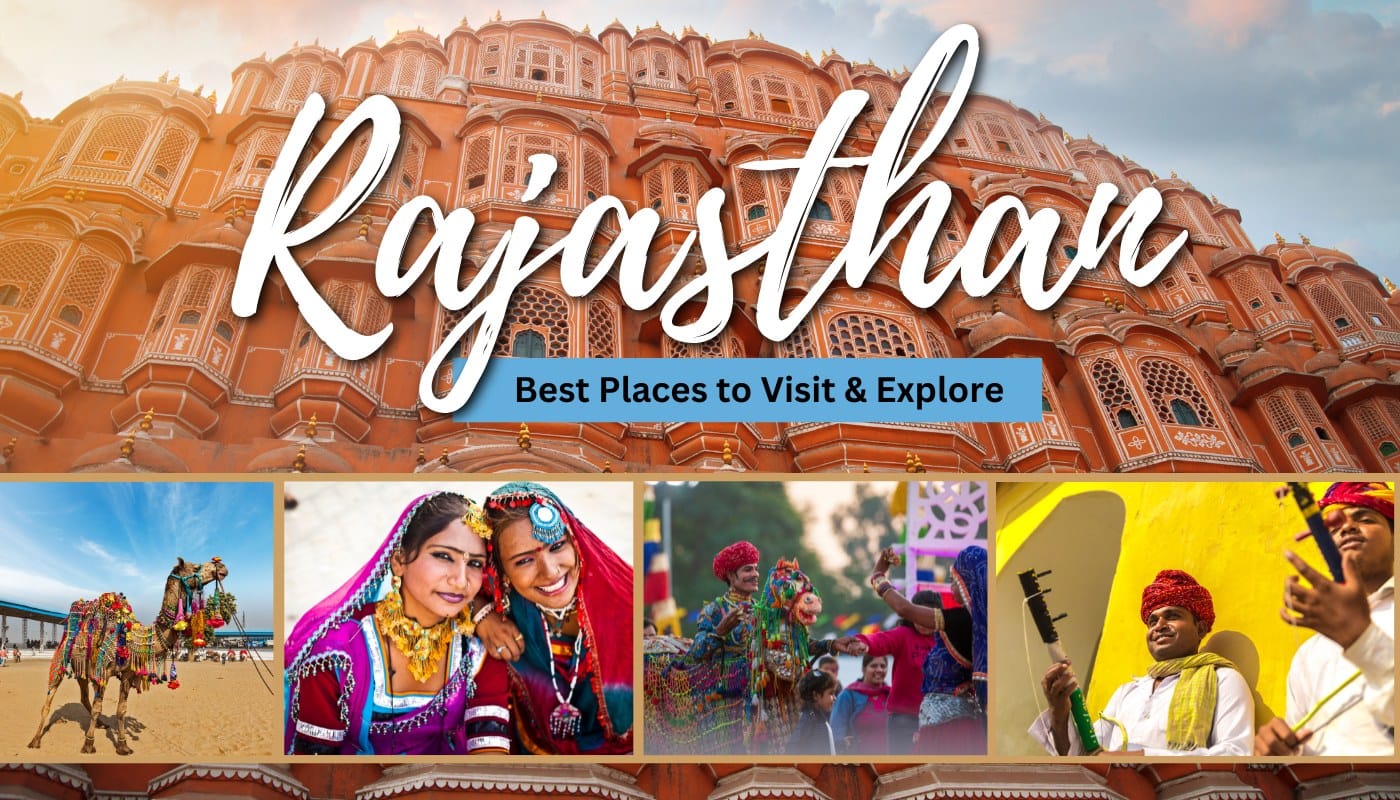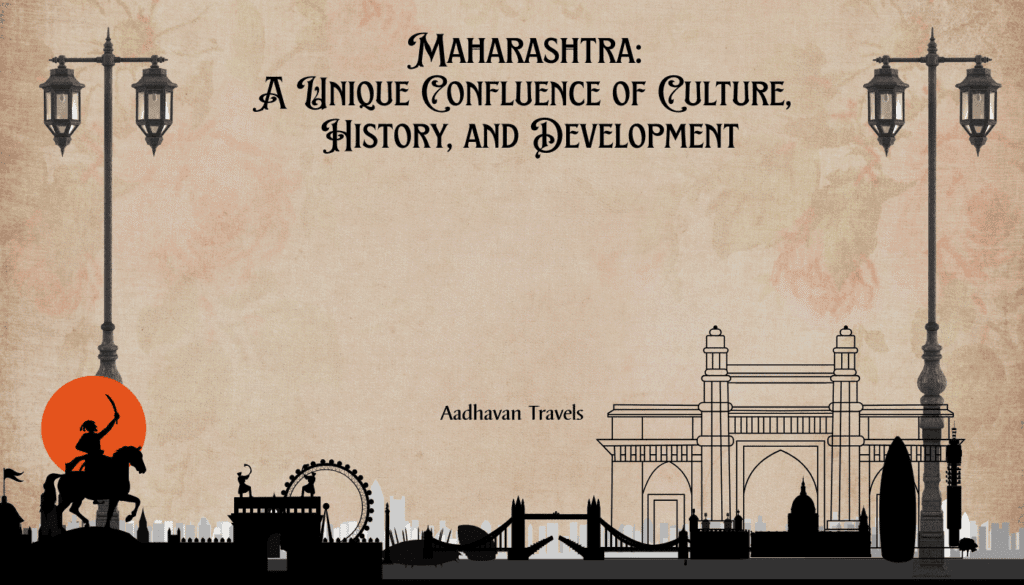
A land characterized by the intensity of history, variety in culture and rate of developments all can be found in the western side of India – The State of Maharashtra. This state, running through the Arabian sea, is not only geography but a massive entity of India’s soul. Not only has Maharashtra contributed much in building the economy of the nation but also has made a significant contribution towards the cultural and the traditional heritage of India.
- Geography and Extent:
An Exquisite Vista of Nature
The geography of Maharashtra is very interesting. Here, you will have access to long and attractive coasts that are a proud possession of Mumbai and Konkan areas. The Sahyadri range which is part of Western Ghats acts as a natural shield to the state and spawns several fascinating hill stations like Mahabaleshwar and Lonavala. The prominent rivers here include, Godavari, Krishna, Bhima and Tapi, and this land is irrigated by them, and as a result, it is fertile.
EACH OF THE BIG CITIES OF MAHARASHTRA HAS ITS OWN IMPORTANCE. Mumbai, India’s financial capital, is the city of dreams whose doors are wide open for all those Indians who have come from all the corners of the country. It is not only a large business centre but also a home to Bollywood. Pune, also termed as the ‘Queen of the Deccan’ and ‘Oxford of the East’, is a major education and IT hub. It has many famous schools and multinational companies that occupy it. Nagpur, the biggest city in Vidarbha, is a major commercial and political hub. Nashik city that is known for its religious importance as well as grape growing, is also one of the locations for Kumbh Mela. Other than these cities, Aurangabad, Kolhapur, Solapur, and others fall into a category that also makes a contribution towards the diversity and development of Maharashtra. - Culture and Tradition :
A Vibrant Heritage The culture of Maharashtra is like a multi-hued kaleidoscope, displaying the colors of history, the depth of traditions, and the unique identity of regional characteristics. The Marathi language, the primary spoken language here, is in itself a rich repository of knowledge and expression. Great personalities like Sant Tukaram, Sant Dnyaneshwar, and Chhatrapati Shivaji Maharaj have made invaluable contributions to this language and the culture of this land. Their works and thoughts not only awakened spiritual and social consciousness but also gave Marathi literature a distinct identity. The various regions of Maharashtra have their own unique folk culture. Khandesh, known for its folk arts and dances, where the songs and traditions reflect the fragrance of the soil and the philosophy of life of the people here. The culture of Konkan, which has flourished along the seacoast, shows the deep imprint of the sea in the lifestyle of the people, their festivals, and their art. Vidarbha, located in the eastern part of Maharashtra, is rich in its distinct dialects and traditions, where the customs and festivals form its unique identity. Maharashtra is a land of festivals, and every festival is celebrated with great enthusiasm and devotion. Ganesh Chaturthi, the biggest and most important festival here, bathes the entire state in the colors of devotion and joy. Beautiful idols of Lord Ganesh are installed in homes and public places, and this ten-day festival involves prayers, songs, dances, and grand processions. Diwali, the festival of lights, symbolizes the victory of good over evil, celebrated by decorating homes with lamps and rangoli and distributing sweets. Gudi Padwa, the Marathi New Year, marks the beginning of the new year, celebrated by hoisting the Gudi and exchanging auspicious wishes. Holi, the festival of colors, Makar Sankranti, the festival of kites and sesame sweets, and Navratri, the festival dedicated to the worship of Goddess Shakti, are also celebrated with great fervor in Maharashtra, showcasing the cultural diversity and the camaraderie of the people here. These festivals not only hold religious significance but also provide an opportunity for people to come together and keep their traditions alive. - Economic Development:
On the Path of Progress
Maharashtra is an economy driver of India as it accounts for a high percentage of the total GDP of this country. Being the financial capital of the country, Mumbai is the center of its development. It is not only that this city is occupied by leading financial institutions and the banks but it is also known as the stock exchange center and international trades. Major industries such as textiles, pharmaceuticals, petrochemicals, and engineering goods are thriving in the city of Mumbai and millions of people are being employed to boost up the economy of the state. Pune, which is now a leading ground for IT (Information Technology) and automobile companies, receives a lot of big IT companies and automobile manufacturers, both nationals and foreigners. The very fact that Pune is a leading town for education and research is the factor that enables this town to have a skilled workforce, which is important for the development of industries. In addition, other new industries like electronics, biotechnology and renewable energy are also advancing rapidly in Maharashtra hence adding to the economic diversification of Maharashtra. Agriculture is also one of the major contributors to the economy of MTourist Destinations: A mixture of history, nature and modernity.
Maharashtra is the beautiful land for tourists. It has everything – from age old caves to beautiful hill stations to modern cities to serene seacoasts.
The Ajanta and Ellora caves (UNESCO World Heritage Sites) are one of the beautiful examples of old Indian art and architecture. There are sculptures and painting depicting Buddhism in these caves.
Mumbai has many sites of interest such as the Gateway of India, the Marine drive as well as the Chhatrapati Shivaji Maharaj Terminus (another UNESCO World Heritage Site), and the Siddhivinayak Temple. The beaches in this region like the Juhu Beach and the Chowpatty Beach are places where people relax and have fun.
For the nature lovers, Mahabaleshwar and Lonavala are great hill station. The beautiful scenery, waterfalls, and weather conditions in this place attract a lot of people. One more hill station which is popular is Matheran – here too, there is no facility of cars.
Religious places in Maharashtra are also in plenty- Pandharpur (Vitthal Rukmini Temple), Shirdi (Sai Baba Temple) and Ashtavinayak (eight temples of Lord Ganesh). - Maharashtra despite the implications of the urban area carrying more weight.
The crops such as jowar, bajra, wheat, rice and pulses are grown here for food security to the big population in the state. Grape farming forms a special identity of Maharashtra and Nashik region is one of the major centres of grape production in the country and a large scale of wine and table grapes production is carried out from this region. Here, sugarcane cultivation is also significant, acting as source of raw material for the sugar industry. The state is also among the major producers of fruits and vegetables, such as mangoes, banana, oranges, and vegetables. The government of Maharashtra and agricultural institutions are always trying to supply better seed, fertilizers & technical knowledge to farmers, and so it is possible to increase production of agriculture and the income of farmers could be uplifted. Establishment of irrigation facilities and crop insurance schemes is also a great step to boost the agricultural sector. - Cuisine and Food:
Something Special for Every Taste
The Marathi cuisine is known for its taste and variety. There are different foods in each region here. The street food of the Mumbai like pao bhaji, vada pav, and misal pav is well known all over the country. Puri bhaji and thalipeeth are other popular dishes in this place.
For sweets, modak prepared out of rice flour and coconut is specially prepared during Ganesh chaturthi. Puran poli is also a favourite sweet; it is a flatbread stuffed with lentil and jaggery. Another very popular dish in Maharashtra is Shrikhand, a sweet dish made from yogurt.
In Konkan dishes of fish and coconut are more popular, but food of Vidarbha is characterized by spicy taste. - Education and Development:
Steps Towards Knowledge
Maharashtra is a top state in terms of the education too. It has many famous universities and colleges where higher learning is offered from the fields ranging from arts, to science, commerce, engineering, and medicine among others. The some of the leading institutes of education in the country include Mumbai University, Savitribai Phule Pune University, and Nagpur University.
The state is always seeking to advance the new inventions and innovation. Apart from the main universities, numerous research institutes and technology parks have been set here, where young people can work on something new or start a startup. The government is also conducting skill development programs, through which young people will get better opportunities in terms of employment.
In Conclusion:
Maharashtra indeed is a place where history, culture, and development go together in hand. Full of exciting folk culture, rich in glorious history and fast rising in economy, it comes as one of the most significant and desirable states within India. The depth and social tissue of this state, which is full of so many languages, religions, and traditions, offers a unique and memorable experience.
Final Thoughts: After knowing the different aspects of Maharashtra, the fact becomes clear that this state is not only a geographical unit but an element of India’s soul. Its wonder-filled heritage, its rapid pace of development and the warmth of its people, makes it a place in itself. For seeing diversities and development of India, Maharashtra’s visit is mandatory for you. This state will not only let you look into the windows of history, but will immerse you into the colors of culture, and show you new stories of development.

